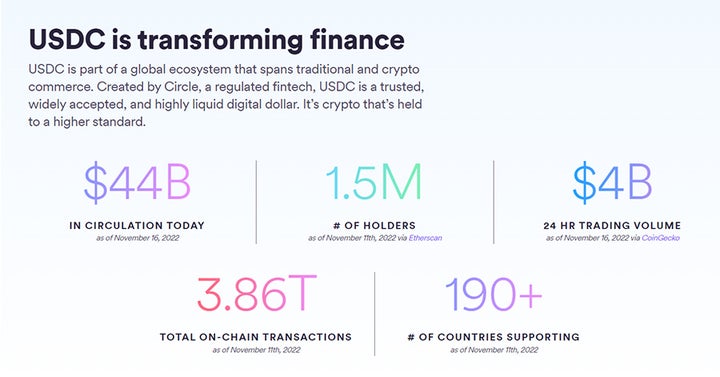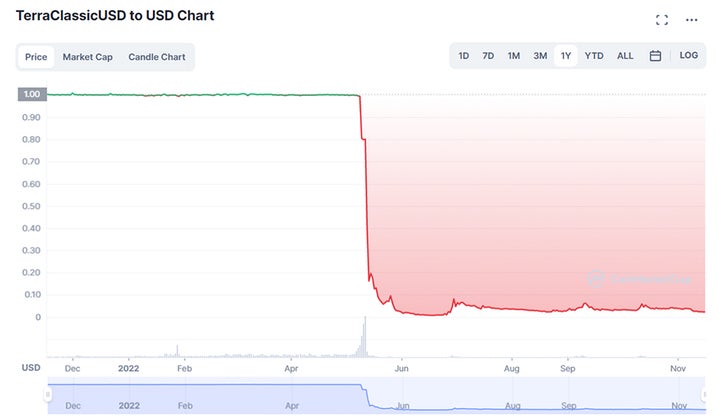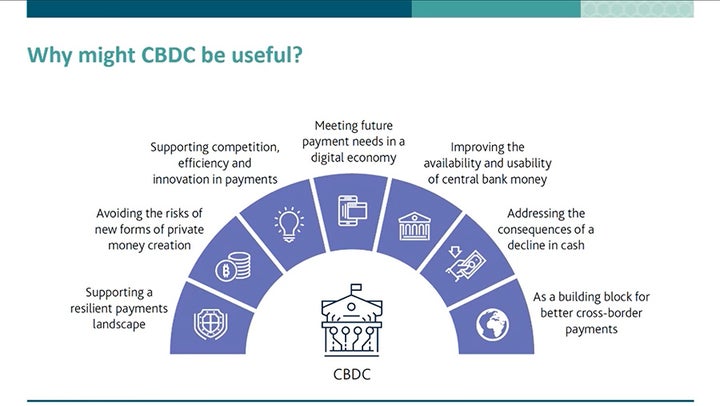Cryptocurrencies have been in the news for all the wrong reasons recently with market crashes, multi-billion dollar bankruptcies, and record-breaking hacks and heists stealing away hundreds of millions of dollars of user funds grabbing all the headlines. It wasn’t supposed to be this way though, with Bitcoin, Ether, and the army of altcoins and decentralized finance (DeFi) protocols that followed them supposed to offer people a more accessible way into the world of finance, free from government oversight, surveillance, and even censorship and control.
Unfortunately, however, as we have seen this year, the supposedly decentralized crypto world has still ended up creating centralized pools of money and power that ultimately auto-destructed. In this context, calls to regulate crypto are increasing and with those calls also hopes and fears, depending on who you talk to, of central bank digital currencies (CBDCs) are also on the rise. The question is though, what are CBDCs and why do you need to know about them? Let’s check it out.
What are crypto stablecoins?
To build an understanding of CBDCs, why calls for them to be implemented are growing, and why some people are excited about them, and others are terrified, it is best to first get a grounding in crypto stablecoins. A crypto stablecoin is a crypto coin that maintains the same value and is pegged against the value of a real-world asset. The most common stablecoins are pegged against the US Dollar and there are many options available including the USDC coin and the USDT coin. Some stablecoins hold reserves of real-world assets to maintain their value while others use algorithmic protocols to maintain their value in what is supposed to be a completely decentralized manner.
Stablecoins perform several key functions in the world of crypto as they can be used in place of real money to take part in DeFi protocols to earn interest or financial yield, can be used to transfer money from one wallet to another, or can also offer a way to stay out of the volatile crypto markets while maintaining crypto capital that you can deploy into the crypto markets quickly and efficiently at any given moment.

Crypto crises and crashes
There is no doubting the utility of crypto stablecoins, but one fact remains about blockchain technologies and the crypto sector in general and it is that it is still a new technology. The technologies and algorithms underpinning it all still have not been perfected, which causes huge amounts of volatility even in stablecoins, which are supposed to sit outside of the volatile crypto markets. The FTX debacle has been the most recent example of huge amounts of money seemingly disappearing overnight due to the volatility, but we also have an example from earlier this year that specifically relates to stablecoins.
Back in May of this year, the TerraClassicUSD coin, more popularly known as UST, crashed in value wiping billions of dollars out of the crypto space in what felt like the blink of an eye. This was an algorithmic stablecoin that was supposed to hold the value of $1 USD but is now worth just over 2 cents. To maintain its value of $1 UST employed an algorithm that used the company’s main token Luna to offset sales and purchases of UST so that they wouldn’t affect the stablecoin’s price. Unfortunately, however, a crisis hit and the algorithmic mechanism was unable to maintain the price and the value of UST began to drop below $1 USD. This caused a cascading effect with fearful users frantically trying to sell their UST before the price dropped further and in turn, put even more pressure on the algorithmic stablecoin. What makes the whole thing even worse is that up until that point, holding UST allowed customers to deposit it in the Anchor DeFi protocol, which paid out 20% interest on the deposits. Many people had deposited their life savings in the protocol chasing the seemingly stable interest offered by the protocol. Estimates say that in total, the Luna/UST collapse wiped out over $60 billion.

Crypto regulations and freedoms
It is in the context of major crises such as the FTX crisis we have seen over the last few days and others such as the Luna debacle that calls for increased regulation of the crypto markets are growing and the subject of CBDCs is increasingly becoming a part of the crypto conversation. For many in the crypto industry, however, this flies in the face of the raison d’etre of crypto, which is to offer much freer access to a monetary system that is not controlled by a central authority. Many crypto enthusiasts like their freedoms and even though, as we explored earlier this week, it is relatively easy to track transactions across multiple blockchains, the plethora of decentralized exchanges and financial products we see in crypto right now represent positive steps toward a more just future than could ever be offered by CBDCs, despite their volatility. In fact, for many crypto enthusiasts, volatility is a mark of virtue as it represents a barrier to entry that requires dedication to overcome.
Central Bank Digital Currencies (CBDCs)
Despite the protestations of self-styled freedom-loving crypto enthusiasts, however, CBDCs are increasingly becoming a part of the conversation so it is important to know what they are. Simply put, CBDCs are very similar to crypto stablecoins except for the crucial distinction that they are issued by the central bank of a nation and pegged to the value of the fiat currency used in that nation. If the Bank of England issues a CBDC it will be a digital equivalent of the British Pound, if the FED launches a CBDC it will be pegged to the US Dollar, and so on. If a central bank is issuing the coin, then it is intrinsically linked to the value of the real-world asset because that is also issued by the central bank. It should be clear now then why voices are increasingly calling for CBDCs to come in. They remove the volatility that even affects crypto stablecoins altogether.

CBDC considerations
There are a few things to consider, however, when it comes to CBDCs. First off, there are still plenty of people who do not think they are necessary and who believe that decentralized algorithmic stablecoins still offer the best way to ensure people can participate in the exciting possibilities offered by DeFi, without being overly exposed to the volatility we’ve explored in this article. Two prominent examples are DAI and FRAX, although there is a constant stream of new companies attempting to introduce new stablecoins that use different algorithmic methodologies to maintain the value of the coin without submitting it to the oversight a centralized authority.
That last point is crucial because, as we saw earlier this week when looking at Blockchain investigations, the nature of blockchain technology is that it is transparent and open. Moving to a digital monetary system that is based on a CBDC could potentially enable to central banking authority to cut off access to the transparent transaction records meaning it would be more difficult to track the movement of money or investigate the implications of where it is gone. Potentially a government could make it difficult to follow the money so to speak. Another key issue here is surveillance. If digital money is flowing through a central banking authority, then it is very easy for the government to track every penny you spend and to know exactly what you’ve spent it on. We’re already seeing examples of this such as the technologically impressive digital Yuan, which is being issued by the Chinese government.
Implications for the future
The buzz and excitement that still swirls around the world of cryptocurrencies and DeFi make clear that these innovations truly offer something, up until now has simply not been possible. Despite the volatility and obscene amounts of money lost in various crises, new DeFi protocols are being launched every day and the speed of innovation is causing governments around the world to take note. CBDCs are already here and will likely continue to roll out around the world. As to whether this will have a positive effect on society remains to be seen but judging by the pace with which people have embraced the cashless society, increasingly using the likes of Apple Pay and Google Wallet, and using a whole new world of Finance apps like Revolut, Robinhood, and Mint, if CBDCs offer any sort of convenience at all, people will begin to use them en masse. The big question, at least according to many crypto enthusiasts, is whether they will even have a choice.


